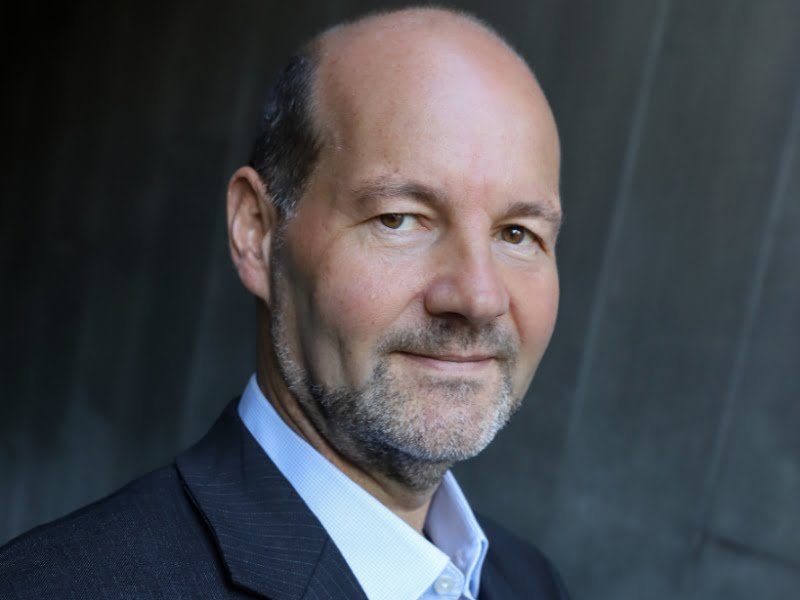The most significant shift in the Victorian government’s IT infrastructure in more than a decade will be completed by the end of the year.
State-owned ICT service enterprise Cenitex launched the $30 million Project Fortify last year – an “almost complete refresh” of the state government’s IT infrastructure environment, according to chief executive Michael Vanderheide.
The project involves an overhaul of the state government’s IT architecture and a move to a cloud-based data centre infrastructure, with the aim to improve performance for the state’s 35,000-plus public servants and reduce the number of outages.

The program was launched after a “once in a lifetime” event in 2017 when a lightning strike took out one of the government’s data centres in Burwood. The strike took government’s tech infrastructure offline for about 48 hours over a weekend.
“It was a pretty significant wake-up call for us and for our customers to say that resilience is incredibly important,” Mr Vanderheide told InnovationAus.com.
“To lose everything for a weekend was not something we ever wanted to go through again, and Fortify was conceived as the answer to that,” he said.
It will see the state government moving to a “hyper-converged’ ICT infrastructure that combines storage, computing and networking in the single system. It is split into four main streams: digital workplace, software defined data centre, software defined network and smart internet gateway.
The $30 million project has been funded entirely through Cenitex’s own surpluses, and is set to be completed by the end of the calendar year. It will give the Victorian government a more resilient IT system, and better performance.
“Resilience is first and foremost. Not that we have outages frequently, but what they will see is a service that is rock solid,” Mr Vanderheide said.
“There are quite a number of single points of failure at the moment, and if any of them is realised that can have a serious, widespread impact. We’re removing most of them in the environment through this project.”
It also provide more efficient and quicker services to departments and agencies, while the Digital Workspace will allow public servants to work from anywhere, Mr Vanderheide said.
“It will provides them with a ubiquitous, consistent and reliable service that will provide access to cloud, email and all business applications, regardless of where they are and what device they’re on,” he said.
“It’s really very much enabling what the government is driving in terms of flexible work arrangements and a real push for mobility.”
The project will also allow agencies to automate many current processes, Mr Vanderheide said.
“It will enable us to be more responsible. The beauty of what we’re doing is there’s so much automation capability that comes native to the environment.
“We’ve done some automation in the past but there’s a limit to what you can do with the infrastructure we currently have. There’s a lot of stuff that will be automated that we no longer have to do at all,” he said.
Cenitex has now announced that it will adopt US-based enterprise software provider VMware’s technology to complete the project.
It marks a complete revamp for the Victorian government, with its current legacy infrastructure including centralised data centres, on-site storage and little capability for remote access by public servants.
While other similar digital transformation efforts, especially at a federal level, have encountered significant pushback from agency heads, Mr Vanderheide said most of Cenitex’s customers have been on board from the start.
“We’ve been generating surpluses and part of that has gone to reducing prices, but there’s been sufficient amounts left for us to have the necessary funds to fund the implementation of Fortify ourselves without asking customers to contribute in any way,” he said.
Mr Vanderheide announced he would be leaving Cenitex earlier this year after more than seven years in the top job. He is staying at the organisation until his replacement is found.
“In some ways it was a hard decision because I love this place – I look at the organisation seven and a half years on and the people have taken it to such a different place than it was back then. There’s a lot of pride as I pack up,” he said.
“Now it’s time to find another opportunity, and it’ll be good for the organisation to have a change.”
Do you know more? Contact James Riley via Email.

